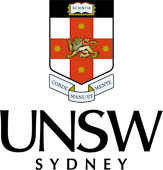Modelers and observationalists often operate in different circles. I enjoy operating at the intersection of those circles. As a modeler, I simulate realistic scenarios, incorporating real data and verifying the results against observations. In turn, my simulations suggest where certain processes may be observed. I also collect data in field experiments, which is used for model verification. Field work reminds me how complex the real ocean is and what the models are still missing.
Although much of my career has been involved with waves of many types, vertical mixing mechanisms in the polar regions became my broad interest in the early 1990s. More recently my primary focus became tides. Tides are believed to be a major vertical mixing mechanism throughout the world ocean. Much of the mixing is believed to occur through interactions of the barotropic tide with the continental slope or rough topography generating internal tides. To determine the
role of tides in vertical mixing, I model the tidal fi elds in various regions in three dimensions. Presently, I am simulating internal tides not only in the Antarctic Seas (Ross, Weddell, and Amundsen), but also for the waters off eastern Australia and in the Indonesian Seas. I also have been involved in ocean glider operations off New South Wales, from which we have observed internal tides.
Experience
-
–presentSenior Lecturer, Australian Defence Force Academy
Honours
US Antarctic Service Medal
- Canberra, ACT, Australia
- Website
- Article Feed
- Joined


